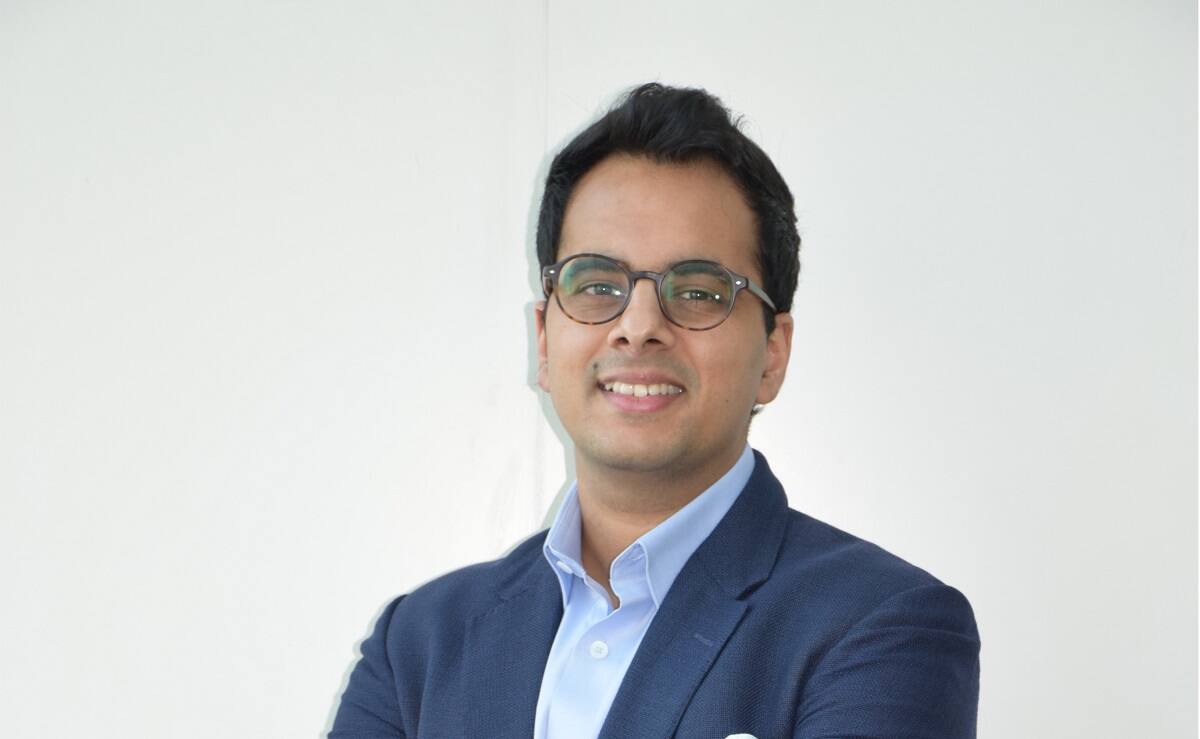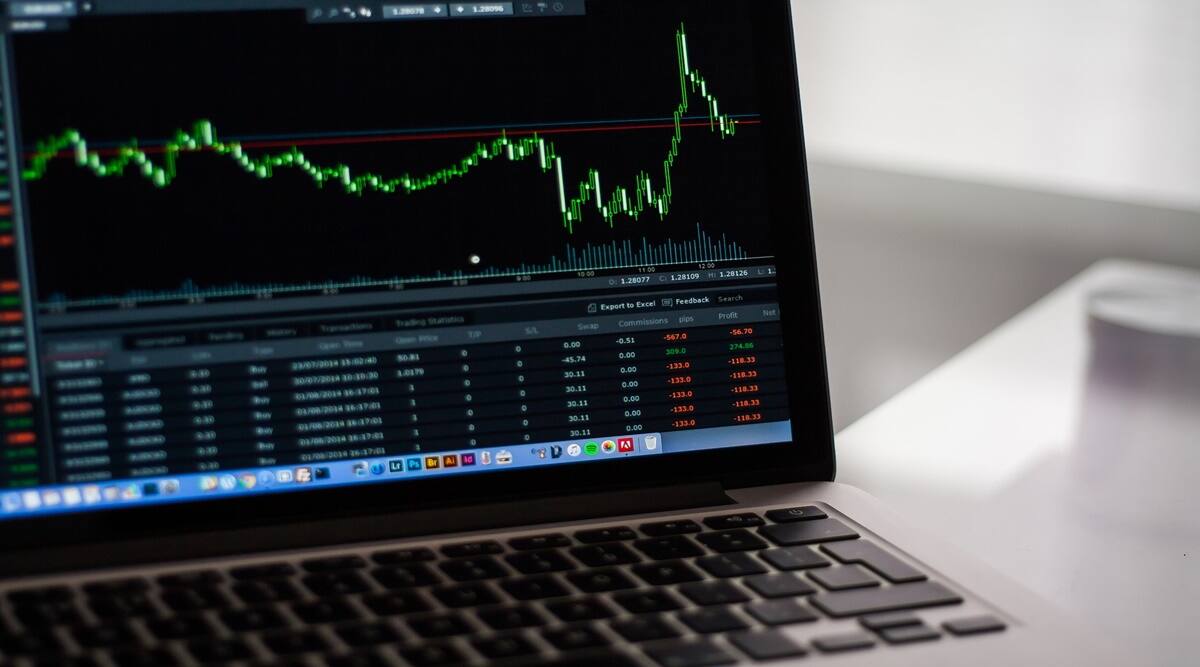Home-grown internet companies making way to Dalal Street present interesting opportunities for investors; however, caution is a must, said Pratik Oswal, Head of Passive Fund, Asset Management Company at Motilal Oswal Financial Services in an interview with Kshitij Bhargava of Financial Express Online. He added that investors should be selective while investing in IPOs as not all turn out to be long-term value creators. Further, Partik Oswal highlighted the benefits of investing in other emerging markets and shed light on whether investors should rebalance portfolios in favour of debt rather than equities with the strong run-up in listed stocks. Here are the edited excerpts.
Historically, IPOs have rarely added long-term value for investors. Investors looking at IPOs should be as selective about IPOs as they are for individual stocks. Zomato’s IPO was a landmark one and its success paves the way for new-age companies to make their way to Dalal Street. It is also positive for Indian investors as they get to invest and own local homegrown companies.
Now that Sensex has zoomed past the 60k milestone, Is it time to reinvest in debt rather than equity?
Investors should stick to their asset allocation, trying to time the markets in most cases hurts investors over the long run. People have been talking about trimming equity exposure at 50,000, 55,000 and 60,000. In reality, it’s impossible to figure out when to invest in which asset classes. Stick to your asset allocation and only cut equity exposure if an investor needs to rebalance his/her portfolio.
What are your views on emerging markets and why should one diversify their portfolio?
Geographical Portfolio diversification has caught the attention of investors over the last 1-2 years, but more and more investors are looking to invest abroad via mutual funds or setting up accounts directly. While the US is a natural starting point, it is equally important to invest in other parts of the world as well.
Emerging markets offer excellent growth opportunities over the long term. EMs offer potential for rapid GDP Growth. Over the past few decades, EM’s contribution to world GDP has grown considerably from less than 30% in the 1980s to almost 50% in the 2020s. They also offer Favourable Demographics and Consumption. One key characteristic of EM markets is that demand leads by exports and domestic consumption.
Additionally, Increasing penetration of innovation and digitization — Back in history, EM were considered workshops of the world as low-cost manufacturers, raw material suppliers, and hubs for outsourcing services. However, over the past couple of decades, EMs are increasingly becoming leaders in innovation and digitization. Countries like Taiwan and Korea are leading manufacturers and suppliers of essential technology and electronics for the world.
Should passive be a part of investor strategy, and if so, is cost the only factor to consider?
Yes, I do believe passive should be a part of an investor’s strategy. Most people think of passive as a Nifty ETF or an index fund. But passive goes way beyond that — it includes debt ETFs/index funds, gold funds and also international funds like NASDAQ and S&P 500. Within domestic equities, today you have passive funds across large caps, midcaps, multi caps, sector and other categories. It’s a simple low-cost strategy that delivers excellent returns for long-term investors.
Having said that, cost should not be the only consideration. Investors should look at cost along with AUM of the fund and tracking error. Lower the tracking error – the more efficient the fund is at tracking the index.
Do you think new-age fund houses will have an influence on established fund houses as they try to emulate brokerage success in the mutual fund arena?
New age fund houses, which have a differentiated strategy, will be able to have a big influence on the industry. Currently, there are already a lot of options in all categories. Even within passive funds – there are numerous options available – and unlike stocks where each one is unique – mutual funds tend to be quite similar in nature. In terms of costs – India is already one of the lowest cost providers for passive funds.



